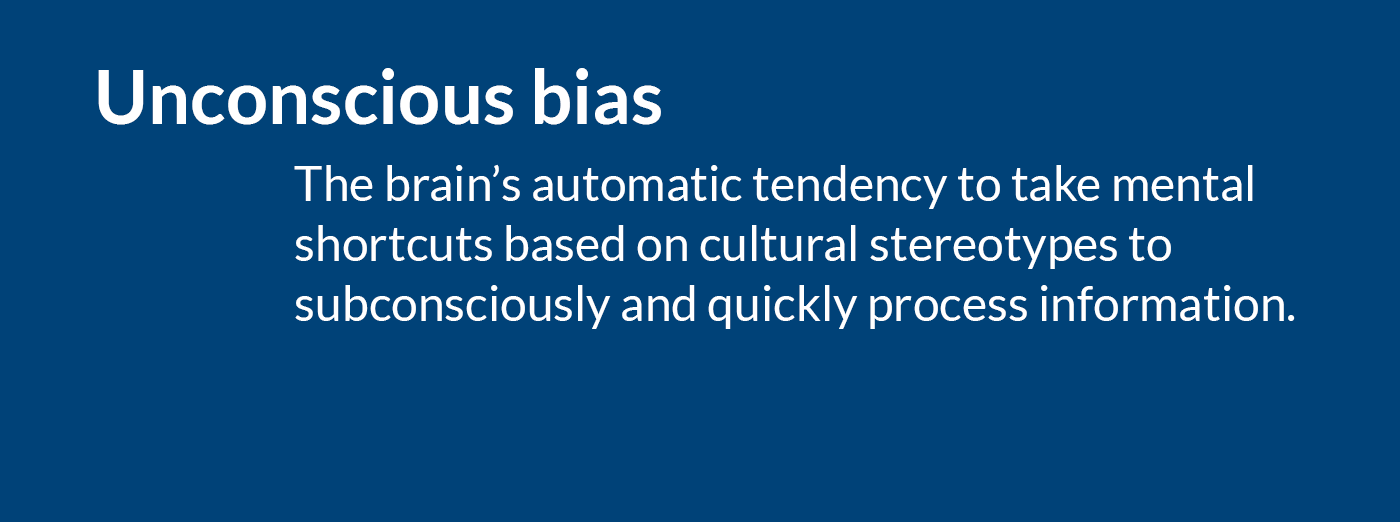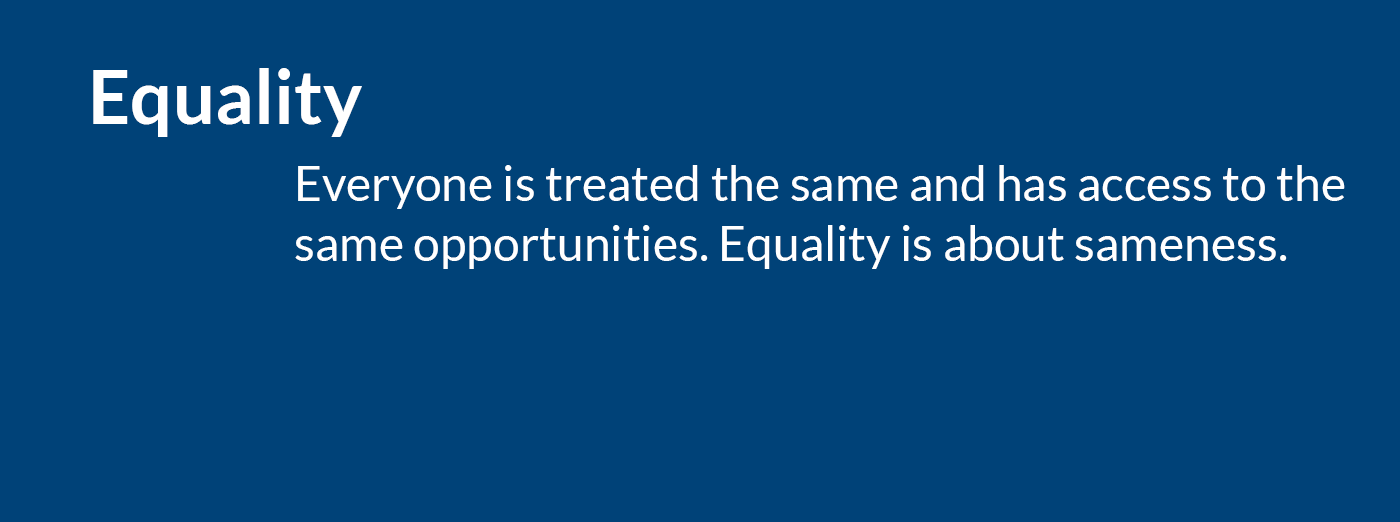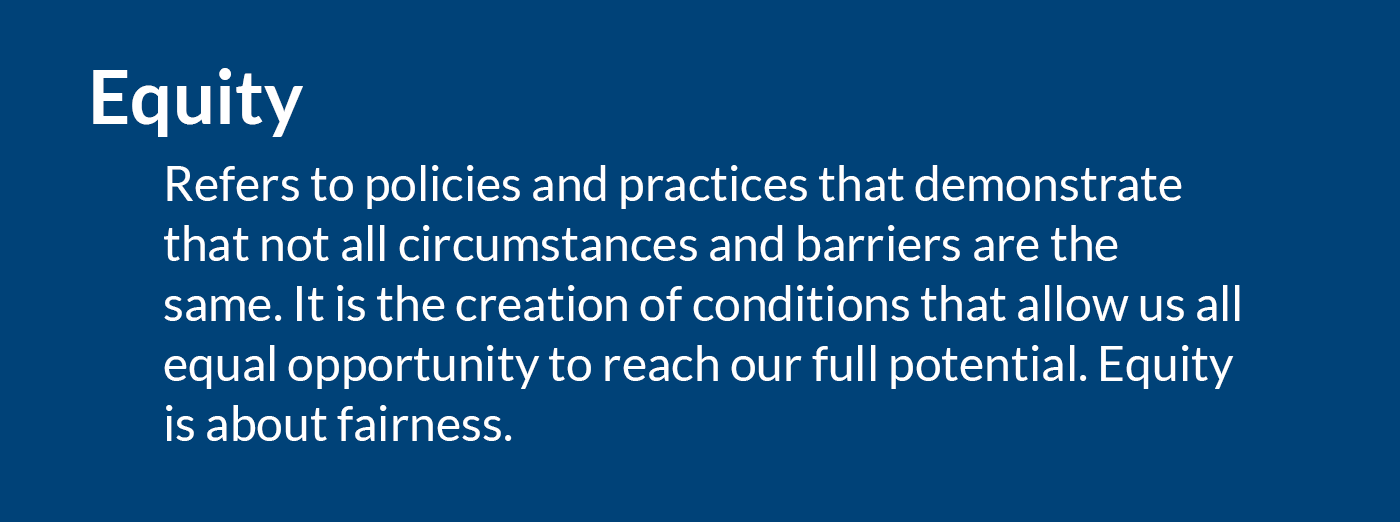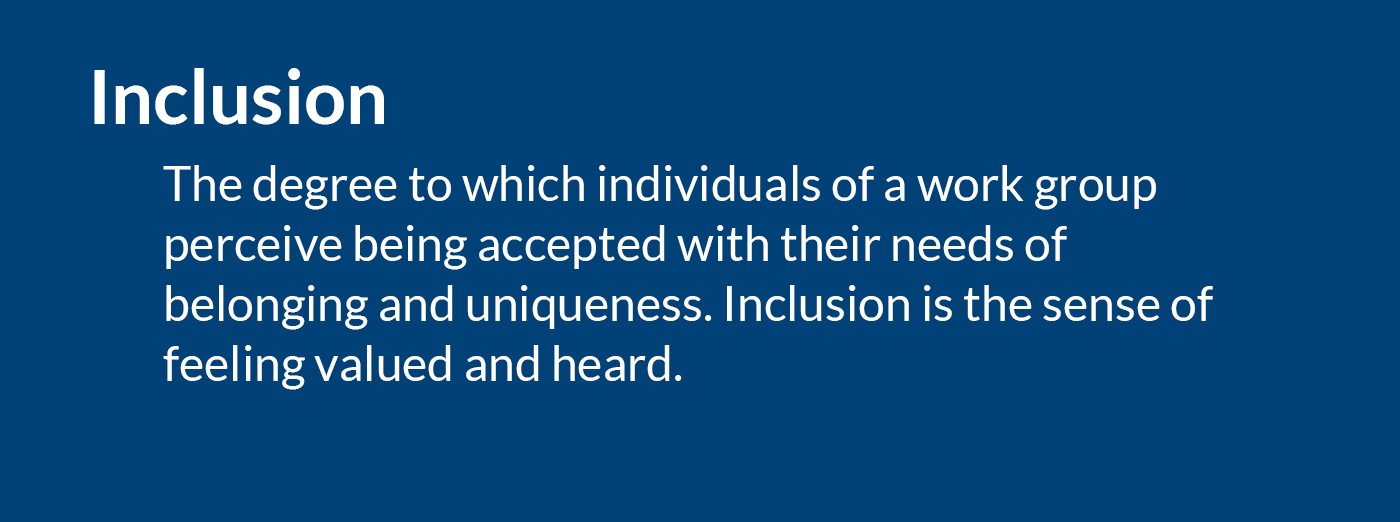Virtual forums initiate campus conversations about racial diversity
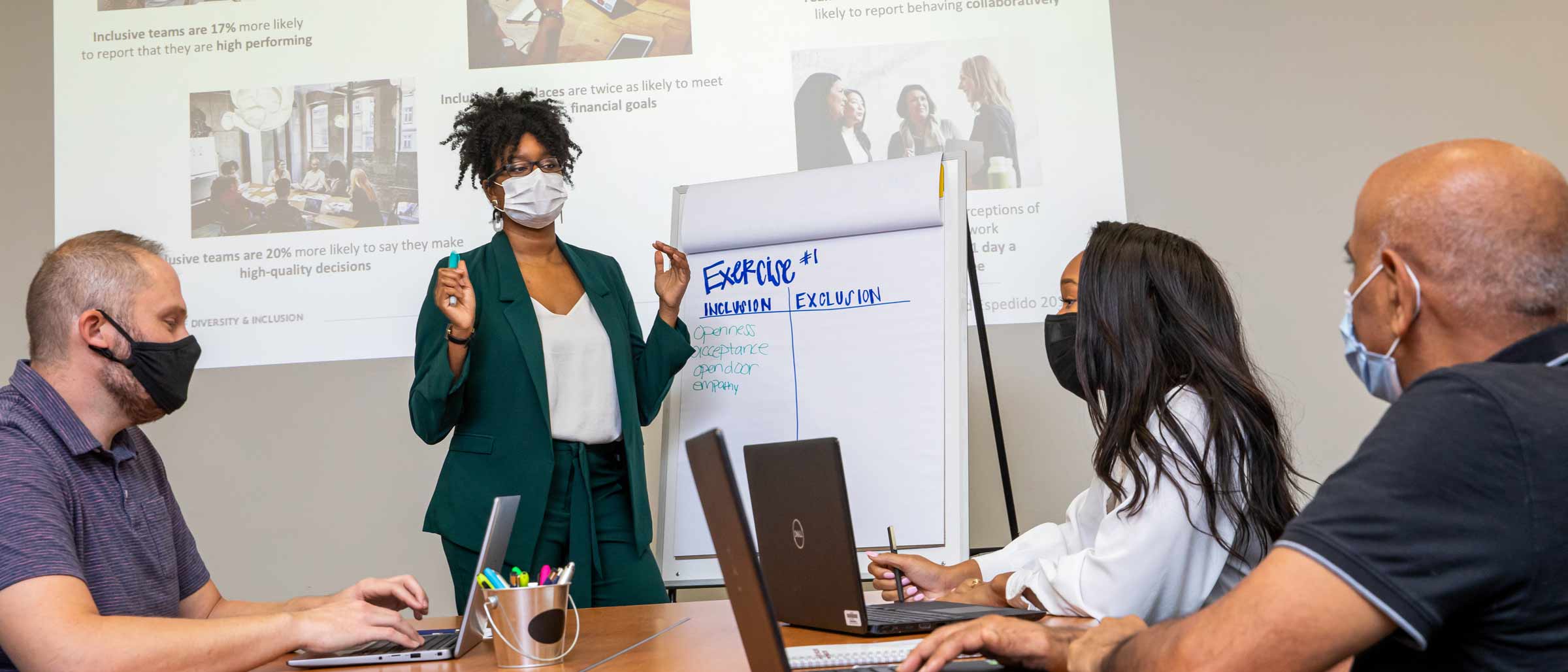
In a year when protests over racial justice gripped the nation, UT Southwestern’s Office of Institutional Equity and Access, Office of Student Diversity and Inclusion, and Office of Faculty Diversity and Development found ways to bring the campus together for necessary conversations about race. The offices sponsored both collaborative and independent virtual events to keep staff, students, and faculty engaged even as a large part of the UTSW community continued to work and learn remotely due to the COVID-19 pandemic.
Between June and October, Institutional Equity and Access delivered 36 training sessions on equity, unconscious bias, inclusive team building, and inclusive management to more than 1,750 employees. Among the webinars it sponsored was a conversation about policing with UTSW Police Chief Marcus Lewis. Student Diversity and Inclusion held a Diversity Lunch and Learn series that included topics such as coping with racism for African American students, the impact of COVID-19 on communities of color, and the role of allyship (the process of building alliances with marginalized groups to promote inclusion). And Faculty Diversity and Development sponsored two webinars focused on addressing racial bias in health care and science for more than 1,200 attendees.
“Research shows that African Americans’ mental health suffers in the days after the death of an unarmed Black person. Being constantly reminded of this information on TV and social media takes an additional mental toll,” said Dr. Marlette Jackson, Manager of Diversity and Inclusion in the Office of Institutional Equity and Access. “This is a larger conversation that needs to include how social justice issues impact our health, and as a health care organization, we’re invested in addressing this.”
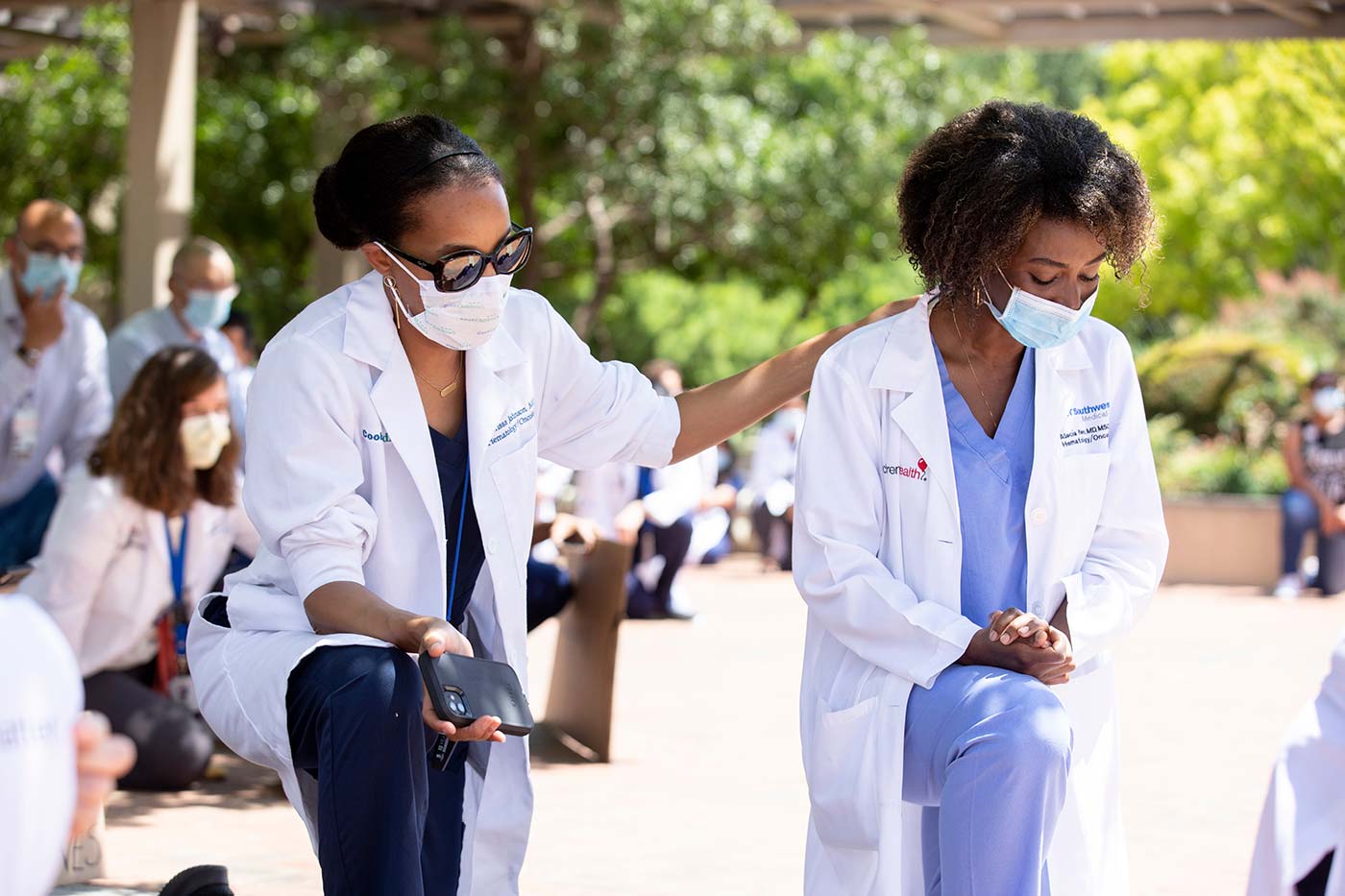
Many people feel ill-equipped to have these conversations, Dr. Jackson noted, and as such her office received several inquiries from managers about how to properly talk with their staffs. She said using campuswide virtual forums help those who might be hesitant to reach out directly. Additionally, Institutional Equity and Access provided a list of resources to department managers to ensure that they have the proper tools for these conversations. Some employees expressed concern that managers hadn’t spoken to them as Black Lives Matter protests spiked this summer.
“I think it’s important that President Dr. Daniel K. Podolsky put out messaging that ‘This is a place you belong.’ It’s valuable to hear that from senior leaders,” Dr. Jackson said. “But we also need to get it from our local, micro-level teams because most people won’t interact with executive leadership. But you do interact with your manager every single day.”
The power of equity
Virtual sessions have featured internal and external diversity advocates and consultants as panelists, often featuring the voices of African American leaders. One of the lessons passed along by the panelists is how institutions should focus on equity.
“Equality is making sure everyone has equal access, but with equity it’s important to understand there are different barriers to entry for different groups and then accounting for those different obstacles,” Dr. Jackson said. “So when we talk about racial equity, it’s the redistribution of power and resources to folks who may have been historically marginalized and underserved and ensuring that we are now serving those populations.”
In recent months, Institutional Equity and Access has also worked closely with campus departments to develop sessions specific to their teams. Three virtual sessions were held for the Human Research Protection Program (HRPP) covering inclusive leadership and management for eight department managers, and two other sessions held for the 30-person department focused on inclusive team building. Rhonda Oilepo, Director of the HRPP, said following the death of George Floyd in Minneapolis in May, HRPP leaders and staff felt it important that their department be an example for initiating change.
“The content in the sessions was thought-provoking and nonthreatening. Following each session, most of the team stayed later to engage in discussions and sharing of experiences that led to a deeper understanding and appreciation of diversity and inclusion,” Mrs. Oilepo said.
Likewise, 70 employees in Communications, Marketing and Public Affairs attended a webinar on inclusive marketing. “Because Communications, Marketing and Public Affairs promotes UT Southwestern to multiple audiences in a variety of media, it was important to address the ways bias can sneak into creative decision-making and how we might change our thinking to develop more inclusive content, not only in advertising but in all of our communications,” said Diane McGhee, Director of Advancement Operations.
It’s critical to understand the harm of unconscious bias, no matter the job, Dr. Jackson said. While it’s not possible to change everyone’s mindset, she said the purpose of her office is to de-bias policies and procedures to ensure that equitable access and opportunity exists for employees of all backgrounds. Moving forward, Institutional Equity and Access will continue to hold similar conversations and is using holistic approaches to provide inclusive learning opportunities to employees about issues concerning equity. For example, the office has partnered with the six Business Resource Groups (BRGs) to build community and is working with those groups and Talent Acquisition on a new initiative to bring in more diverse employee referrals.
Culturally competent care and education
Similarly, Student Diversity and Inclusion and Faculty Diversity and Development remain focused on ways to move these conversations forward and build on existing diversity initiatives. In October, Student Diversity and Inclusion began sponsoring the Anti-Racism Virtual Series, which is open to everyone on campus and will continue next year. Topics have included overcoming discrimination and the role of medical schools in addressing health disparities.
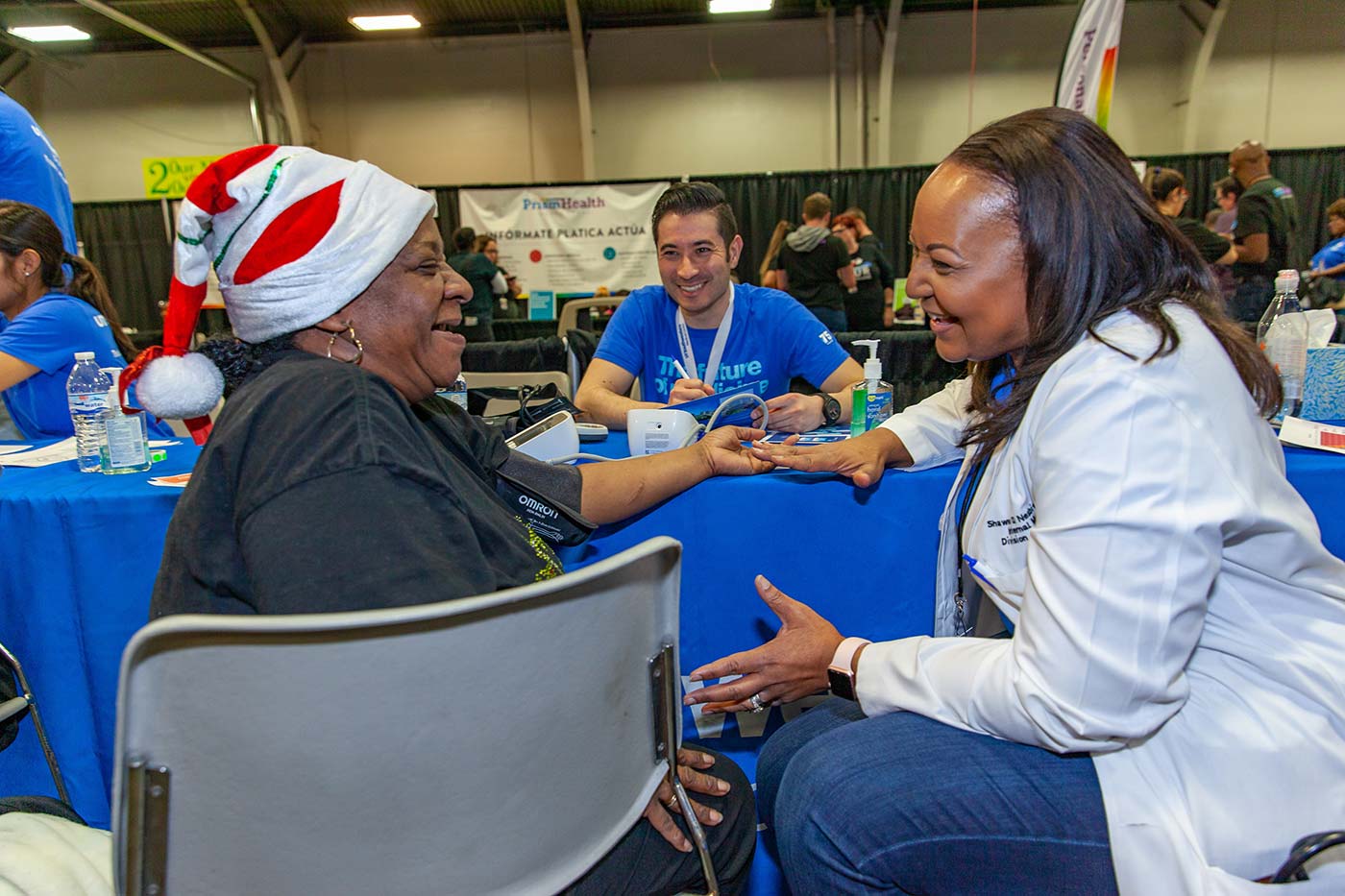
“The focus of the Anti-Racism Series is to shed light on the multiple places in society where racism is embedded into the fabric of our society. While it is important to not be a racist person or institution, to really support the environment for change to occur, we must seek to be ‘anti-racist.’ That is to look for the places where changes can be made to the framework and procedures of our society and complex systems to unroof racist practices that have been set in place long ago. This series of lectures is designed to help our community to understand how we can use our individual and collective power to create change,” said Dr. Shawna Nesbitt, Associate Dean, Office of Student Diversity and Inclusion.
Throughout the year, Student Diversity and Inclusion held closed sessions for students in the Medical School, Graduate School of Biomedical Sciences, and the School of Health Professions. Some sessions brought together the campus’s Black students to interact, while others allowed all students to have broader discussions about diversity-related issues such as how to increase Black student enrollment and Black faculty. Students and academic leaders also worked on events such as the social media campaign #UTSouthwestern for Black Lives.
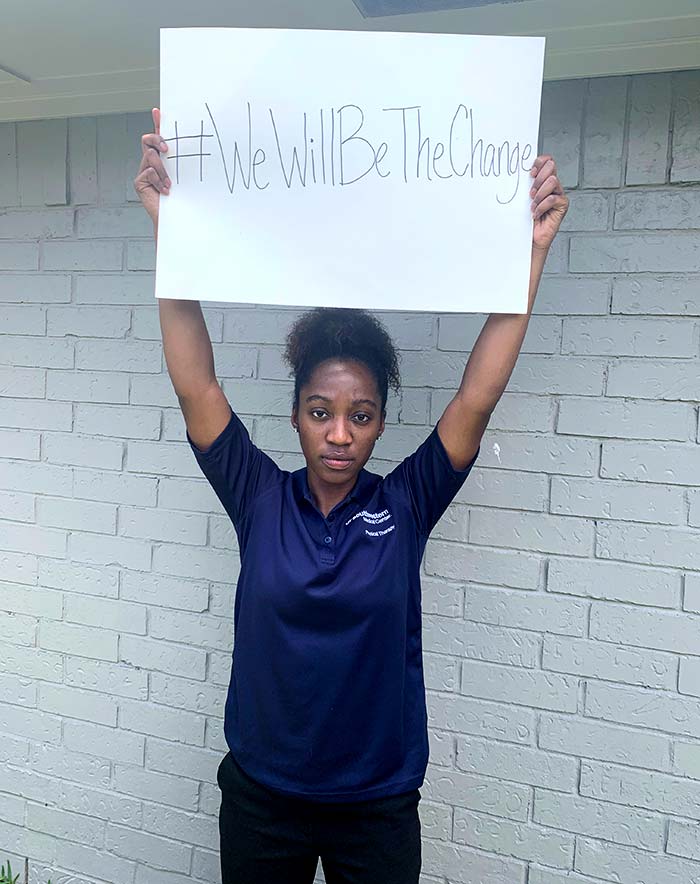
“I am the only African American in my class, so it was nice to have that support from the community and I liked the fact that they allowed Black students to come together because when you’re the only one in your class, you feel like you can’t say everything you need to about race,” said Olivia Haggerty, who is pursuing a doctorate in physical therapy. Ms. Haggerty serves on the Health Professions Diversity Council, which in part serves as a liaison to academic leaders concerning such issues.
Meanwhile, conversations targeted at faculty have allowed African American researchers to hold discussions on examining how race factors into their work experiences, mentoring the next generation of diverse scientists and health care professionals, and providing culturally competent patient care. “Our goal at UT Southwestern is to educate and produce culturally sensitive health care professionals, which includes educating faculty on these matters, because if faculty lack understanding, we are unable to effectively teach our students,” said Dr. Carolyn Bradley-Guidry, Diversity and Inclusion Officer in the School of Health Professions and Associate Professor of Physician Assistant Studies.
Leaders remain focused on increasing diversity among faculty and students to create an equitable health care and educational environment. They point to decadeslong efforts that have boosted enrollment of students underrepresented in medicine (URM) who identify as African American/Black, Hispanic/Latinx, or Native American/Alaska Native. URM students in the Medical School make up a record 27 percent of the Class of 2024 – a ratio higher than the nationwide average of 14 percent cited by the Association of American Medical Colleges. In the School of Health Professions, 25 percent of students are classified as URM, and that ratio is 30 percent in the Graduate School. The ratio of Black students in the Graduate School is 8.3 percent (above the national average of 5.3 percent); 7 percent in the Medical School (the national average is 7.1 percent); and 8.16 percent in the School of Health Professions. Because health profession programs vary in type across the country, there is no national data available for exact comparisons.
The Office of Faculty Diversity and Development and the Office of Women’s Careers are using pipeline programs as one strategy to make similar strides among professors. Programs include Housestaff Emerging Academy of Leaders (HEAL), which develops URM medical residents and fellows for faculty positions, and the Provost’s Initiative for Diverse Emerging Scholars (PROVIDES) Program in the Graduate School that prepares URM postdoctoral fellows for faculty positions.
In December, UTSW welcomed Dr. Quinn Capers IV as Associate Dean for Faculty Diversity and inaugural Vice Chair for Diversity and Inclusion in the Department of Internal Medicine. Dr. Capers, who comes from The Ohio State University College of Medicine, will oversee and develop programs and initiatives that enable UTSW to achieve goals in expanding URM faculty.
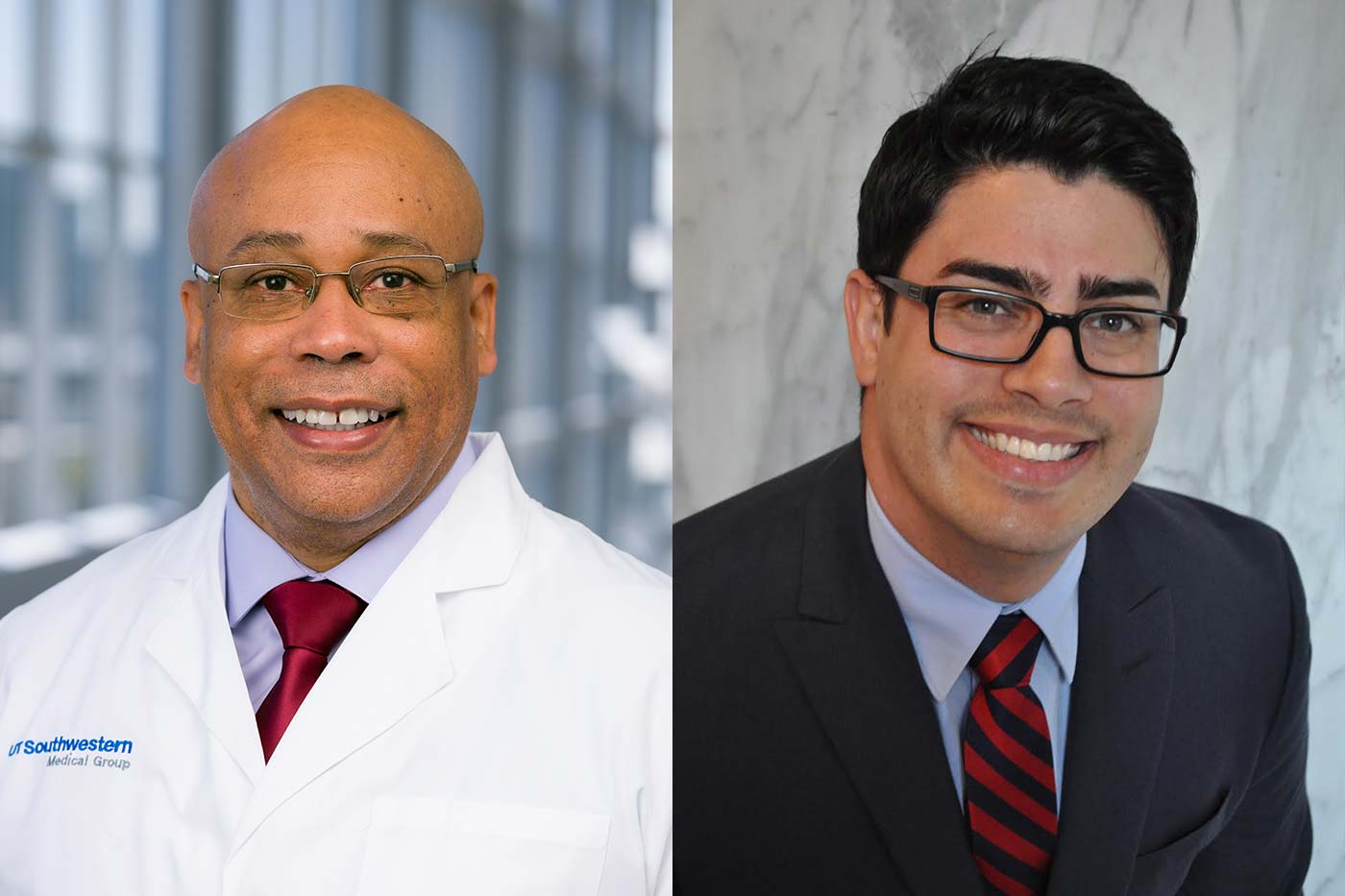
And in January, Dr. Arnaldo Díaz Vázquez will join UT Southwestern as the inaugural Assistant Dean for Diversity and Inclusion in the Graduate School. Dr. Díaz Vázquez will focus on recruitment, retention and mentoring for learners while also helping to expand PROVIDES. He comes from the University of Pennsylvania, where he served in a similar position for the past seven years.
Additionally, this summer the office established the Faculty Diversity Collaborative that will allow deans and faculty from all three schools to work together on institutional diversity initiatives.
Dr. Capers holds the Rody P. Cox, M.D., Professorship in Internal Medicine.
Dr. Podolsky holds the Philip O’Bryan Montgomery, Jr., M.D. Distinguished Presidential Chair in Academic Administration, and the Doris and Bryan Wildenthal Distinguished Chair in Medical Science.


